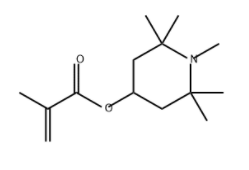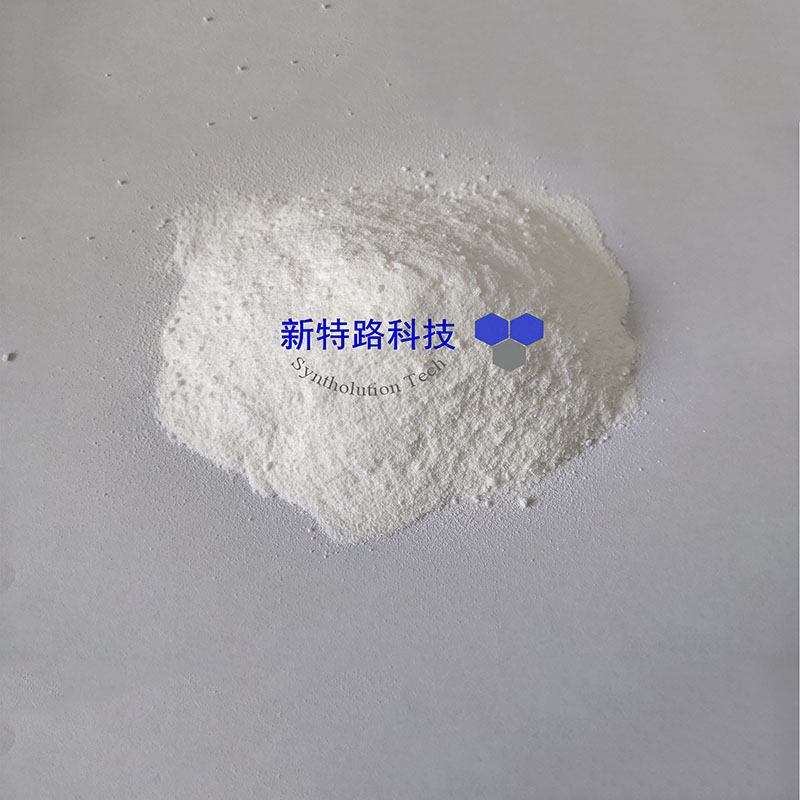Although the sun's rays give our skin a "healthy" look, in fact, their effect can hardly be called healing.In the long term, radiant tanned skin transforms into deep wrinkles, loss of elasticity, age spots and vascular disorders.Such changes are united by the general term "photoaging": according to scientists, about 80-90% of the noticeable signs of age-related changes are associated with ultraviolet radiation.This thesis is confirmed in numerous studies on twins - for example, in photographs of two 61-year-old sisters, you can see with the naked eye who spends time in the sun and who prefers shade.
However, skin aging is mostly a cosmetic problem that does not bother everyone.A much more serious consequence of sunlight is skin cancer.According to the Cleveland Clinic, UV radiation is the leading cause of various types of skin cancer.Moreover, “accumulated” exposure to the sun over a lifetime, as a rule, causes carcinomas, but episodes of severe sunburn (especially before the age of 18) cause melanoma, a more “evil” type of skin cancer.The Skin Cancer Foundation also warns that 5 sunburns in a lifetime doubles the risk of melanoma. Tinuvin 249

Therefore, sun protection is not only a way to maintain an even complexion, but also a real prevention of oncology.Sun protection includes thick clothing, brimmed hats, being in the shade and, of course, sunscreens, sprays and lotions.
In the past year, two studies have come out that found that some of the SPFs available in today's sunscreens are found in the blood.However, this fact itself is not a sensation - the fact that a meager percentage of these components is in the bloodstream, scientists have always known.The peculiarity of the new studies is that the detected concentrations exceed 0.5 nanograms per milliliter - that is, the FDA threshold for refusing further safety testing.Simply put, any substances from cosmetics that are found in the blood in higher concentrations must undergo additional testing.
The first study, published in May 2019, involved 24 people.For four days, they applied a thick layer of sunscreen or lotion with one of four chemical filters (Avobenzone, Oxybenzone, Octocrylene, and Mexoryl) to 75% of their body.Funds were applied four times a day.In the text of the study, this is called "maximal use conditions" - that is, the absorbability of the components of sunscreens was tested under conditions of maximum use.Blood samples were taken from the participants throughout the trial, as well as several days after it ended.Exceeding the FDA threshold was found in everyone, and oxybenzone was the most absorbed - its maximum concentration reached 209.6 nanograms per milliliter.
The second study involved 48 people.This time, the scientists decided to confirm the results of previous tests, as well as test three more chemical filters: octinoxate, homosalate and octisalate.These components were also found in blood samples at concentrations above the threshold values, and the results of the previous study were confirmed (this time, up to 258.1 nanograms of oxybenzone per milliliter were found in the blood).
Shortly after the publication of the second study, loud headlines began to appear.So, in July, The Wall Street Journal published an article with the headline "Chemicals from sunscreens accumulate in the body in high quantities."It is important to emphasize that this heading is based on a misinterpretation of scientific papers.They are not talking about high amounts, but about exceeding the FDA threshold: 250 nanograms of a substance per milliliter of blood is still very small.In addition, it is incorrect to talk about the "accumulation" of substances in the body - the subjects were not checked for the presence of components in the blood after several months.It is also worth remembering that the authors themselves and the FDA urge not to abandon sunscreens and explain that new studies only show the need for additional clinical trials.
Ekaterina Rusinova, BASF Cosmetic Raw Materials Marketing Manager: “The penetration of sunscreen ingredients does not in itself mean that the chemical is harmful, and this is directly emphasized in studies: the presence of UV filters in the blood does not mean that the filters are toxic.So far, the FDA has requested more toxicology data in order to re-run the risk analysis and further test the safety of the filters.
It is worth noting separately that only those UV filters that are allowed in the USA were used in the tests, and these are rather outdated components.In terms of the development of the sunscreen industry, the US is far from the country to look at.The newest UV filter was approved in the country in the 1980s.In part, this may be due to the fact that the FDA, as a government organization, is not interested in creating high competition for American manufacturers of UV filters, so the organization does not approve those filters that have long been available to Europeans.
Natalya Martynova, cosmetic chemist: “From the point of view of chemistry, everything that we interact with can enter our body.But in most cases, nothing threatens the body because there is such a thing - the maximum permissible concentration.Any substance has values at which it is safe and the body can easily cope with it.And at a different concentration, the same substance is poison.For example, the maximum allowable concentration of sodium chloride is 40 grams.That is, 40 grams of sodium chloride can kill.An important point: sodium chloride is edible salt.The question to ask about sunscreen is: what concentration are we talking about?Most likely, it is so small that the body can easily cope with it.
Another important concept is opportunity cost.Indeed, it is not very pleasant that chemical filters penetrate the blood.But the rejection of chemical filters can lead to the growth of skin cancer, and then the toxic components of chemotherapy are guaranteed to enter the bloodstream.”
Natalya Martynova, cosmetic chemist: “As we have already found out, there are really no reasons to panic and throw away sunscreens.But “the need for more research” still sounds quite uncomfortable to many of us.And this is completely normal - not everyone wants to follow every new scientific publication and clarify whether the filters being tested turned out to be really harmful.There are two main alternatives to oxybenzone and other "classic" sun protection chemicals: modern chemical filters and physical filters."
Ekaterina Rusinova, BASF Cosmetic Raw Materials Marketing Manager: “Modern UV filter molecules are about 2-3 times larger than the previous generation FDA-approved molecules.According to the EU dossier, less than 0.1% of the new generation filters end up in the blood, while, for example, for the rather outdated benzophenone-3, this figure reaches 3–4%.We cannot say that large molecules never penetrate the skin, but the penetration rate of modern UV filters is significantly lower than those tested by the FDA.Examples of new filters include: Ethylhexyl Triazone (EHT, Uvinul® T150), Methylene Bis-Benzotriazolyl Tetramethylbutylphenol (nano) (MBBT, Tinosorb® M), Bis-Ethylhexyloxyphenol Methoxyphenyl Triazine (BEMT, Tinosorb® S) or Tris Biphenyl Triazine (nano) (TBPT, Tinosorb® A2B).
The chemical concern BASF produces a number of modern sun protection filters: for example, the world's only currently photostable (non-destroying under the influence of solar radiation - Ed.) UV-A filter - Diethylamino Hydroxybenzoyl Hexyl Benzoate (Uvinul® A Plus).

Tinuvin 234 In addition to the importance of using the latest generation of filters, the correct combination is of great importance.Depending on the combination, they can increase the effectiveness of each other, or, conversely, lose the protective effect, which can lead to undesirable consequences.Definitely do not opt for a product that combines one of the most common UVA filters, avobenzone (butyl methoxydibenzoylmethane), with octocrylene and the popular EHMC ethylhexylmethoxycinnamate UVB filter, as such a combination loses its effectiveness very quickly under the influence of UV radiation.However, even such a tool will do more good than harm - especially compared to exposure to the sun without protection, due to which you will feel a clear negative effect after 1-2 hours.
Physical filters include good old zinc oxide and titanium dioxide.Sunscreens with these components are easy to "identify": they leave a characteristic white coating on the skin.But despite this aesthetic flaw, they remain well-studied, safe components.